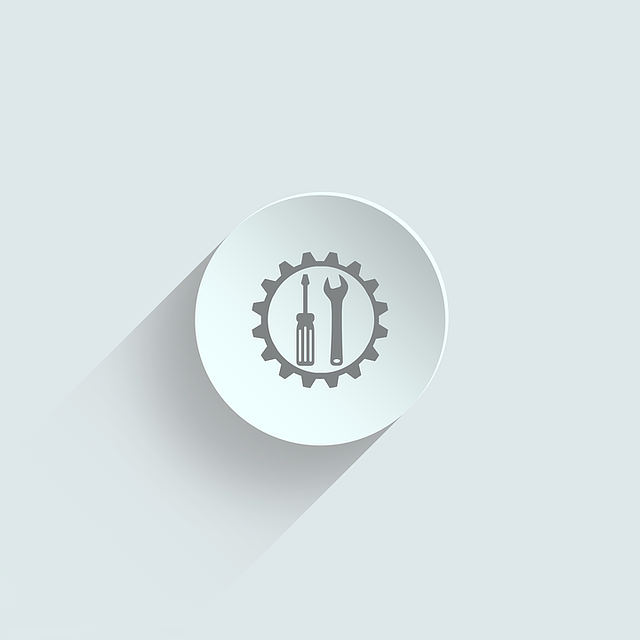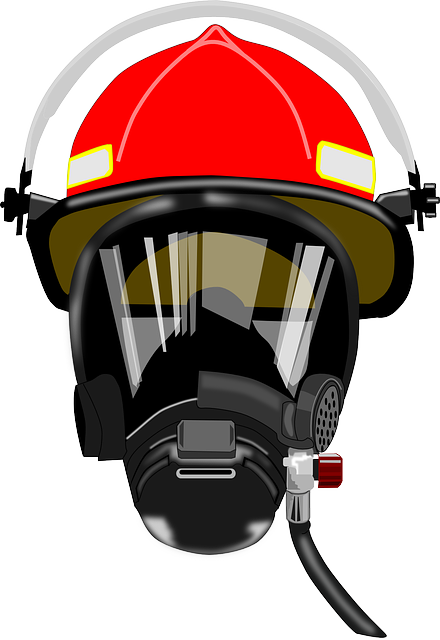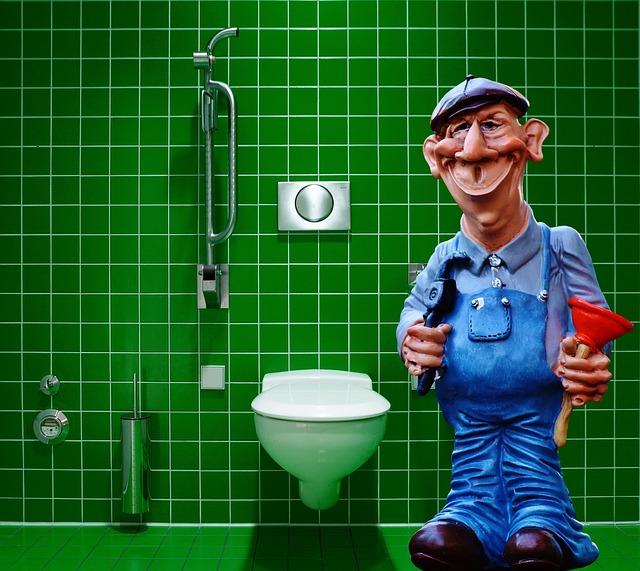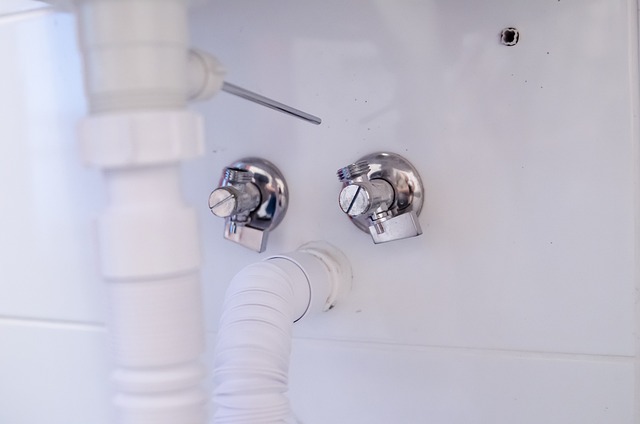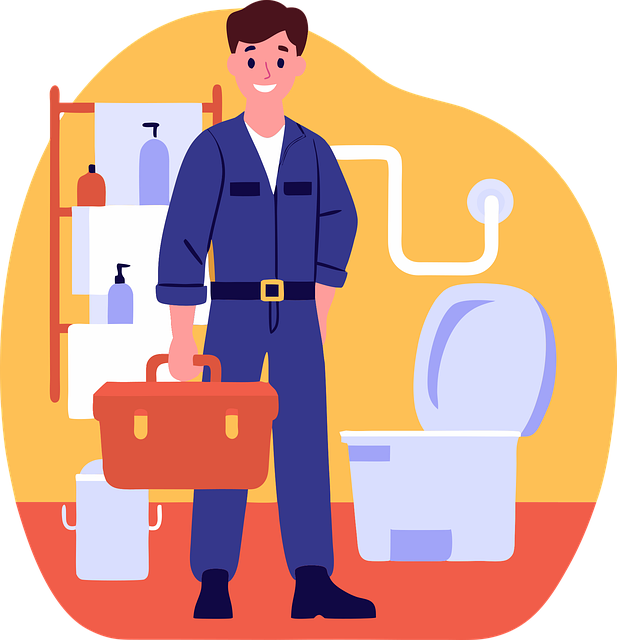Mold and mildew, often overlooked, are serious indicators of hidden plumbing problems. These organisms thrive in damp, dark spaces created by persistent leaks, fluctuating water pressure, and drain clogs. Homeowners and professionals must pay attention to signs like discolored patches, musty odors, and unusual pipe or drain noises, as early detection is key to preventing costly mold removal and ensuring a healthier living environment. A professional plumber can identify these "red flags" and address underlying plumbing issues promptly, including persistent leaks, water pressure problems, and drain clogs, to prevent extensive damage and maintain a healthy home.
Mold and mildew growth near plumbing can be a serious health hazard, causing allergies and respiratory issues. Understanding how these substances thrive in damp environments is crucial for homeowners. This article explores common plumbing problems that encourage mold growth, such as persistent leaks, drain clogs, and low water pressure. We’ll also discuss professional plumber signs of an issue and preventative measures to take. If you notice unusual odors or visible indicators, it’s time to call a pro to address potential plumbing issues promptly.
- Understanding Mold and Mildew Growth
- Common Plumbing Issues That Encourage Growth
- The Role of Water Pressure and Leaks
- Identifying Signs: Professional Plumber Indicators
- Preventative Measures and When to Call a Pro
Understanding Mold and Mildew Growth

Mold and mildew are common issues that can arise from hidden plumbing problems, often going unnoticed until they become a health hazard. Understanding their growth patterns is crucial when addressing plumbing concerns. These microscopic organisms thrive in dark, damp environments, making them perfect for lurking behind walls or within pipes affected by persistent leaks. Water pressure fluctuations and drain clogs can create the ideal conditions for mold and mildew to flourish, leading to musty odors and even structural damage over time.
Professional plumbers often look out for specific signs, such as discolored patches on walls or ceilings, which might indicate hidden water damage caused by plumbing issues. Unusual odors coming from drains or dampness in areas without direct moisture exposure can also be early warnings. Prompt action is key; addressing plumbing problems before they escalate helps prevent the costly and time-consuming task of mold removal and ensures a healthier living environment.
Common Plumbing Issues That Encourage Growth

Plumbing issues often go unnoticed until they manifest in the form of mold or mildew growth, especially in areas with high humidity like bathrooms and kitchens. One of the primary culprits is persistent leaks, which can create damp environments conducive to these harmful organisms’ development. Water pressure fluctuations can also contribute, as weak pressure may lead to standing water, creating the perfect breeding ground for mold.
Another common plumbing issue, drain clogs, can result in inadequate water flow, causing excess moisture buildup. This, coupled with poor ventilation, can create a fertile environment for mold and mildew to thrive. Moreover, unusual odors emanating from pipes or drains are often early indicators of these problems, as organic matter decomposes in stagnant water, leading to unpleasant smells that should not be ignored by homeowners or even professional plumbers.
The Role of Water Pressure and Leaks
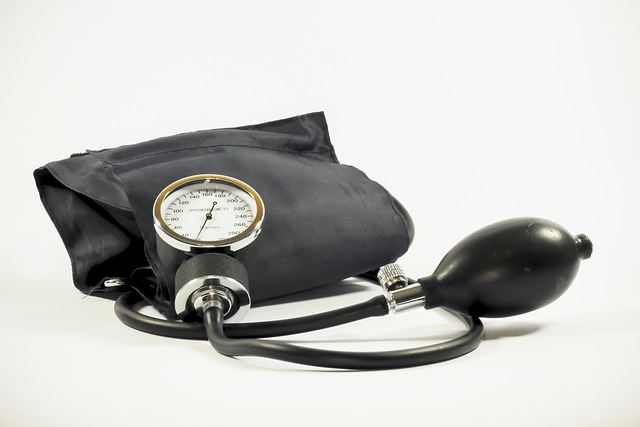
Water pressure and persistent leaks often go hand in hand when it comes to mold or mildew growth near plumbing. A professional plumber can easily identify signs of water damage, which are crucial indicators of potential plumbing issues. If there’s an unusual odor coming from your drains or any visible moisture accumulation, it could be a result of leaky pipes. These leaks, no matter how small, can lead to significant water damage over time, creating the perfect environment for mold and mildew to thrive.
High water pressure can also contribute to plumbing problems by causing excessive wear and tear on pipes, potentially leading to cracks or burst pipes. This not only results in persistent leaks but also provides a direct route for moisture intrusion, which is a key factor in fostering mold growth. Recognizing these signs early on is essential; prompt action by a professional plumber can prevent further damage and the costly renovation that often follows.
Identifying Signs: Professional Plumber Indicators

When it comes to identifying mold or mildew growth near plumbing, a professional plumber can spot subtle signs that may indicate hidden problems. One of the most obvious indicators is persistent leaks, especially in areas around pipes, sinks, or toilets. Water pressure fluctuations and unexpected drain clogs could also be red flags, suggesting ongoing moisture issues that foster mold growth.
Furthermore, a seasoned plumber will note unusual odors coming from plumbing fixtures or drains—a telltale sign of microbial activity. They may also look for signs of discoloration on walls or ceilings adjacent to pipes, as well as peeling paint or warped wood, which can all point to the presence of mold or mildew caused by plumbing issues.
Preventative Measures and When to Call a Pro

Preventing mold and mildew growth near plumbing is a proactive step to maintaining a healthy living environment. Regular maintenance is key; check for any persistent leaks or water pressure issues, as these can create ideal conditions for unwanted growth. Promptly addressing drain clogs and unusual odors emanating from pipes is also crucial, as they could indicate plumbing problems that may lead to water damage and subsequent mold infestations. A professional plumber can assist in identifying and fixing such issues before they escalate.
If you notice signs like discolored patches on walls or ceilings near plumbing, musty smells, or even health symptoms like coughing or allergy flare-ups, it’s time to call a professional plumber. Persistent mold or mildew growth despite cleaning efforts is a clear indication of deeper plumbing issues that require expert attention. Regular inspections by a qualified plumber can help catch problems early, preventing extensive damage and ensuring your home remains a safe, healthy space.


